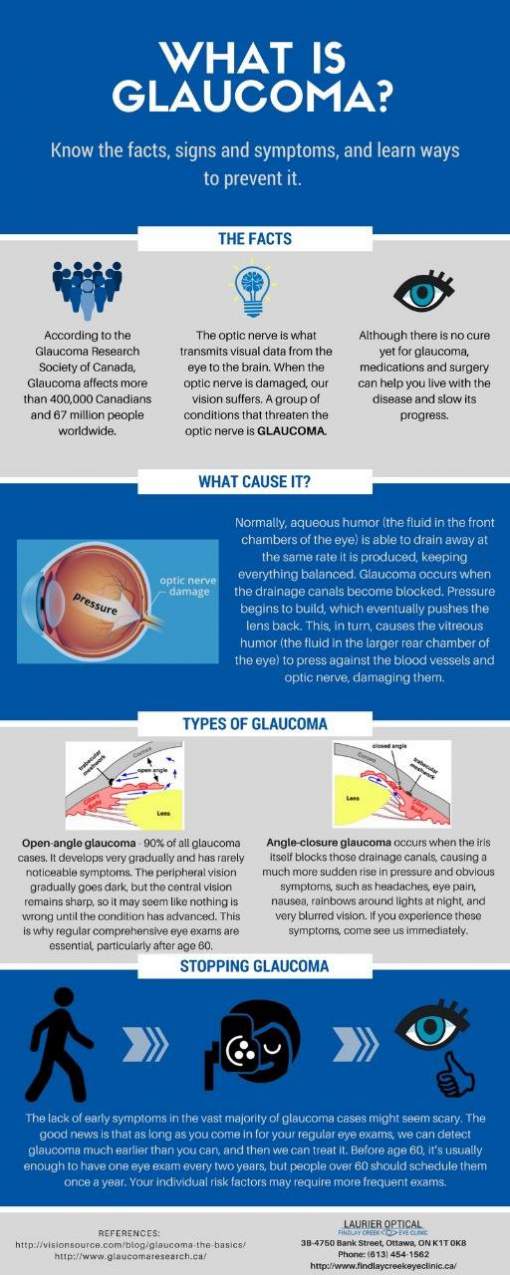As a cataract doctor, your day starts with a comprehensive eye evaluation, where you analyze clients' vision and lens quality. You recognize how essential it is to recognize cataracts properly. As soon as diagnosed, you plan for surgical treatment, making certain every information is represented. But the difficulty does not end there. The real journey unfolds in the operating room, where accuracy is key. What takes place next might specify an individual's aesthetic future.
The Diagnostic Refine: Identifying Cataracts
When it pertains to identifying cataracts, clarity is key. You'll start with a thorough eye exam, where you'll examine visual acuity and check for any indications of cloudiness in the lens.
Throughout this procedure, you'll use specific tools, such as a slit light, to get a thorough sight of the eye's framework. You'll additionally execute a dilated eye exam to assess the lens and retina better.
Collecting your client's case history is vital, as it helps determine danger aspects like age, diabetic issues, or previous eye injuries.
After examining the outcomes, you'll identify the visibility and extent of cataracts. This meticulous approach ensures you give the most effective recommendations for therapy, setting the stage for the following action in their care.
The Operation: Accuracy in Action
After detecting cataracts and reviewing treatment options, you plan for the procedure, where accuracy is extremely important.
You get in the operating room, donning clean and sterile gloves and a mask. The patient rests pleasantly under brilliant lights, prepared for the change.
cataract surgery risk factors begin by carrying out regional anesthetic, guaranteeing they really feel no pain. With a steady hand, you make a little laceration in the cornea, making use of innovative strategies to get rid of the gloomy lens.
You thoroughly insert the synthetic intraocular lens, aligning it completely for optimal vision. Throughout the treatment, you keep an eye on vitals and adjust as required, maintaining focus on the job.
In just a short time, you'll have recovered your client's view, a satisfying result for both of you.
Post-Operative Care: Making Certain Optimal Recovery
As soon as the surgical treatment is full, your role shifts to making sure the client's smooth healing.
You'll start by providing clear post-operative directions, emphasizing the value of using the eye guard and taking recommended medications. Advise them to stay clear of scrubing their eyes and taking part in strenuous tasks.
Schedule a follow-up consultation within a few days to monitor recovery and resolve any kind of concerns. Motivate people to report any kind of indications of infection, such as increased redness or discharge.
Additionally, review the importance of using artificial splits to alleviate dry skin. Assistance their psychological wellness by guaranteeing them that visual improvements may require time.
Conclusion
In a cataract specialist's day, you witness the trip from medical diagnosis to recuperation. You see the precision in surgical treatment and the treatment taken post-operation to guarantee your optimal recovery. With this experience, you get clearness not simply in vision, but in recognizing the entire process. The trust developed in between you and your specialist is vital, paving the way for a smoother recovery. With https://nv-doctor50516.blog5star.com/36793666/recognizing-cataract-surgical-procedure-a-considerable-guide-for-clients , you're on your method to delighting in a brighter, clearer world.
